From the archive: Sir Ken Adam takes Wallpaper* behind the scenes of his London lair
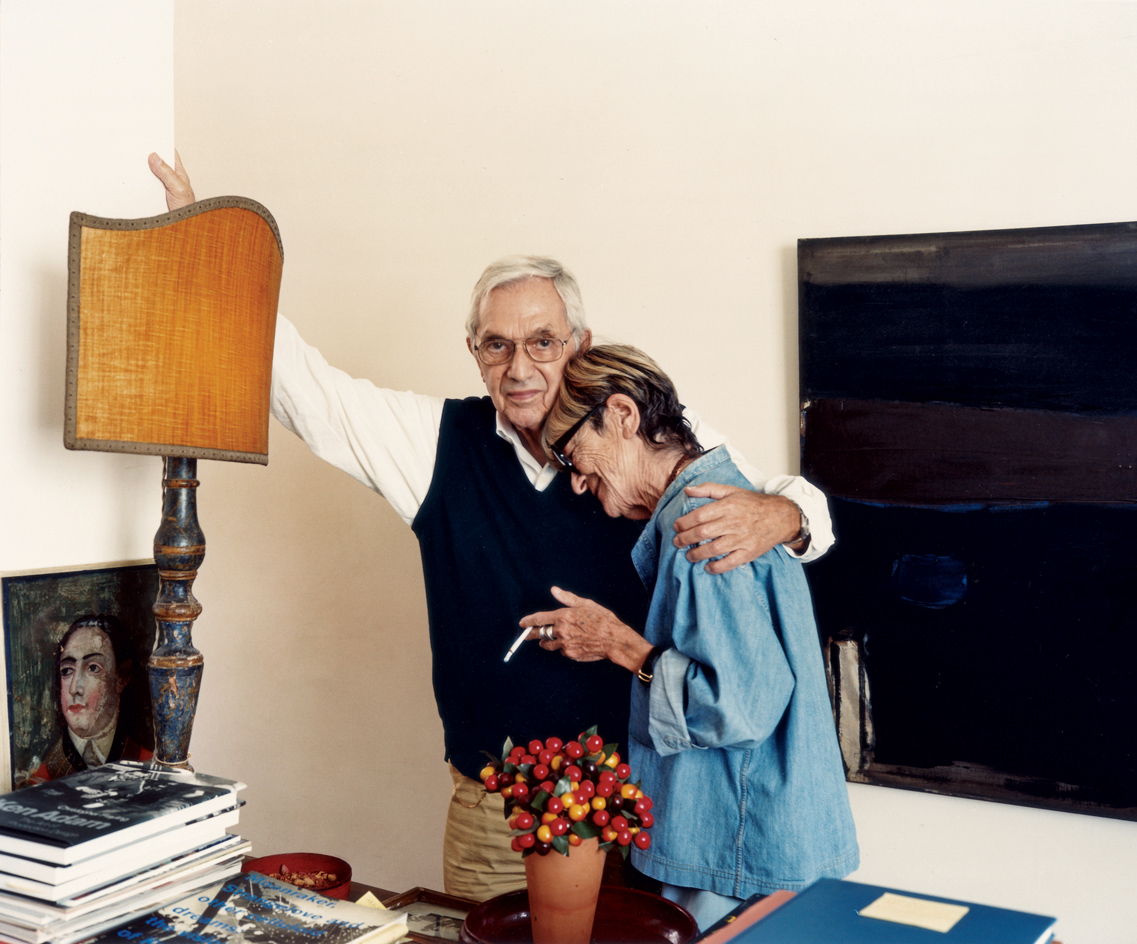
Few art directors can claim to be more influential than Ken Adam, the man who gave form to Cold War nightmares, the insane dreams of destruction-crazed megalomaniacs and vast historical epics. Adam’s cinematic designs were grandiose in scale yet obsessively detailed, appearing so right that they convinced presidents as well as the public of their veracity.
Adam was born as Klaus Adam in Berlin in 1921. His family left Germany for Britain in 1934 and Klaus came to be Ken. When war broke out, he joined the RAF and became the only German national to fly as a fighter pilot. After the war, the draughtsman skills he acquired as an architecture student led him to create sets for the post-war film industry, which was busy churning out fantastical stories for a public starved of pleasure. Adam synthesised his own experiences with a sense of the absurd and the exaggerated, indulging viewers without compromising the credibility of the designs. The sketches in his new book, Ken Adam Designs the Movies: James Bond and Beyond, showcase his spatial talent, an ability to shape a series of dramatic views from a single space, as well as a feel for all periods of history.
In 1962, Adam shaped the world of James Bond in Dr No, defining a look that has remained perpetually in vogue. A few years later, he worked with Stanley Kubrick on Dr Strangelove or: How I Learned to Stop Worrying and Love the Bomb, the Cold War fantasy that showed the keepers of the nuclear button pacing a spectacular subterranean lair. This War Room has since become an icon of cinematic style. Adam recalls sourcing pictures of the US’s futuristic missile control centre, but ‘they weren’t interesting enough’. In effect, they weren’t theatrical enough. Drawing on information-heavy environments, such as NASA’s Mission Control Center, Adam built a set dominated by huge maps (cartographical devices that became the motif of the film), decorated with lines of slowly advancing lights – the unstoppable tracks of the B-52 bombers. Made of thousands of bulbs concealed behind sheets of Perspex and plywood, the set left Adam on the verge of a breakdown. ‘I decided I wouldn’t work with Kubrick again – he was too difficult,’ he says.
The relationship was intense. ‘He was fascinated by my wartime experience. But when you have to keep entertaining someone, you run out of stories, so I had to invent them,’ he says. ‘We became very close and he was possessive. It was almost like a love affair. So I managed to avoid working with him on A Clockwork Orange, and 2001: A Space Odyssey – a film I would have liked to do.’ Kubrick’s 2001: A Space Odyssey was too naturalistic for Adam. ‘I’m more of an imaginative designer,’ he says, alarmed at Kubrick’s 12-month research stint at NASA. ‘With Kubrick you had to justify everything. So I turned him down.’
Instead, Adam concentrated on the Bond series, working on seven of the films through to 1979’s Moonraker, building vast set pieces that were doomed for on-screen demolition, designing props and gadgets, and sourcing locations, such as the John Lautner-designed Arthur Elrod House in Palm Springs for Diamonds Are Forever.
Kubrick, however, hadn’t given up. More than ten years after Dr Strangelove, they reunited for the historical epic, Barry Lyndon. ‘I didn’t want to do Barry Lyndon, but he tricked me,’ says Adam. ‘He rang me and said, “Ken, I’m doing this film, but I want you to know I can’t afford your fee.” So I told him there was no deal – my fee was ridiculous, of course. I thought I’d slipped through, but five weeks later he rang me again, little Stanley with a little voice. He said, “Money is no problem, but you’ve got to do it.” I got the Academy Award and a nervous breakdown.’
The location shoot was arduous, with exceptional technical demands for the realistic candle-lit interiors and great painterly sweeps of English landscape. Adam ended up in a clinic, the working relationship with Kubrick having pushed him to breaking point. They lost touch for a while, but in 1977 Adam persuaded Kubrick to sneak onto The Spy Who Loved Me set at Pinewood to place the source lighting for the monumental supertanker scene, a gesture he has never forgotten.
The rich historical landscape of Barry Lyndon proved that Adam wasn’t just adept at creating futuristic fantasies, yet his villains’ lairs and fantastic constructions have remained defiantly contemporary. Does he feel that the future has finally caught up with him? ‘It’s a good question, since I don’t own a computer,’ he replies. The digital world remains alien to Adam’s approach. He marvels at a recent visit to Foster + Partners' monolithic Battersea office, ‘with 600 young architects sitting at computers – it’s not really my style’.
Adam remains defiantly analogue, favouring pen and pencil. ‘I normally start with a rough doodle and I can feel when I’m onto something exciting. It’s almost like having an orgasm, you know? Then I develop the design.’ Just as he was stepping back from the film industry, the digital era swept in, banishing big sets, matt paintings and model-work in favour of vast post-production suites and an infinite armoury of ideas. This shift is not to Adam’s taste. ‘I think in architecture, the computer has more of a place than in the film industry. It should be treated as a tool – it’s a fantastic tool,’ he admits, ‘but it’s also dangerous, as I think directors or artists in films, prior to computers, used their imagination more – they couldn’t get 500,000 troops to attack, for example.’
The computer has also de-humanised the end product. ‘I grew up with actors for whom settings and ambience were very important for their performance – Noël Coward, John Gielgud, Marlon Brando,’ he says. ‘I think a good example is the War Room in Dr Strangelove. It’s probably the best set I ever designed because it fitted so well into the dramatic atmosphere of the scenes and the film. Today, actors have to perform in front of a green screen and it requires a different technique.’
Throughout his career, Adam’s home in London has been a rare but essential constant. Adam and his wife Letizia have lived in this modest Georgian house in Knightsbridge since 1959. After buying it, they tugged and tore at the original fabric, recycling carpentry from discarded sets at Pinewood to build a spiral staircase and extending the house into the garden. Adam’s study is at the front of the house, with red terracotta flagstones, a wall of books and the front door concealed by a swooping white Niemeyer-esque arch. Upstairs, the formal sitting room, with its 18th-century proportions, is opened up to the staircase by a floor-to-ceiling wall of glass. In the basement, an elegant open tread wooden staircase, large television and a stack of DVDs sits perfectly within the original 1950s fitted kitchen.
Today Adam is still working, drafting designs for a pavilion for an unnamed Brazilian sponsor. ‘I didn’t retire officially. I don’t know what I’d do with myself.’ He’s also still speculating about future boat and car designs, occasionally steering students at the Royal College of Art. Cars have been a lifelong passion; he dreamt up Bond’s iconic Aston Martin DB5 and underwater Lotus Esprit, as well as Chitty Chitty Bang Bang – ‘one of the most difficult designs I ever did, though I had all the technical help in the world’.
Adam’s cultural influence continues. The current ‘Cold War Modern’ exhibition at London’s V&A Museum features several of his sketches, reflecting his great skill at creating believable forms of a largely invisible threat. Despite his disdain for digital design, it’s no great leap to see how architecture is edging ever closer to the fantastical imagery. Technology has caught up with Adam’s felt-tip drawings. From OMA’s CCTV – the perfect media baron’s lair – to Foster + Partners' monumental schemes in Eastern Europe, contemporary architecture is more cinematic than modernism’s original exponents would have ever thought possible. Hugo Drax, Ernst Blofeld or Auric Goldfinger couldn’t ask for more.
As originally featured in the November 2008 issue of Wallpaper* (W*116)
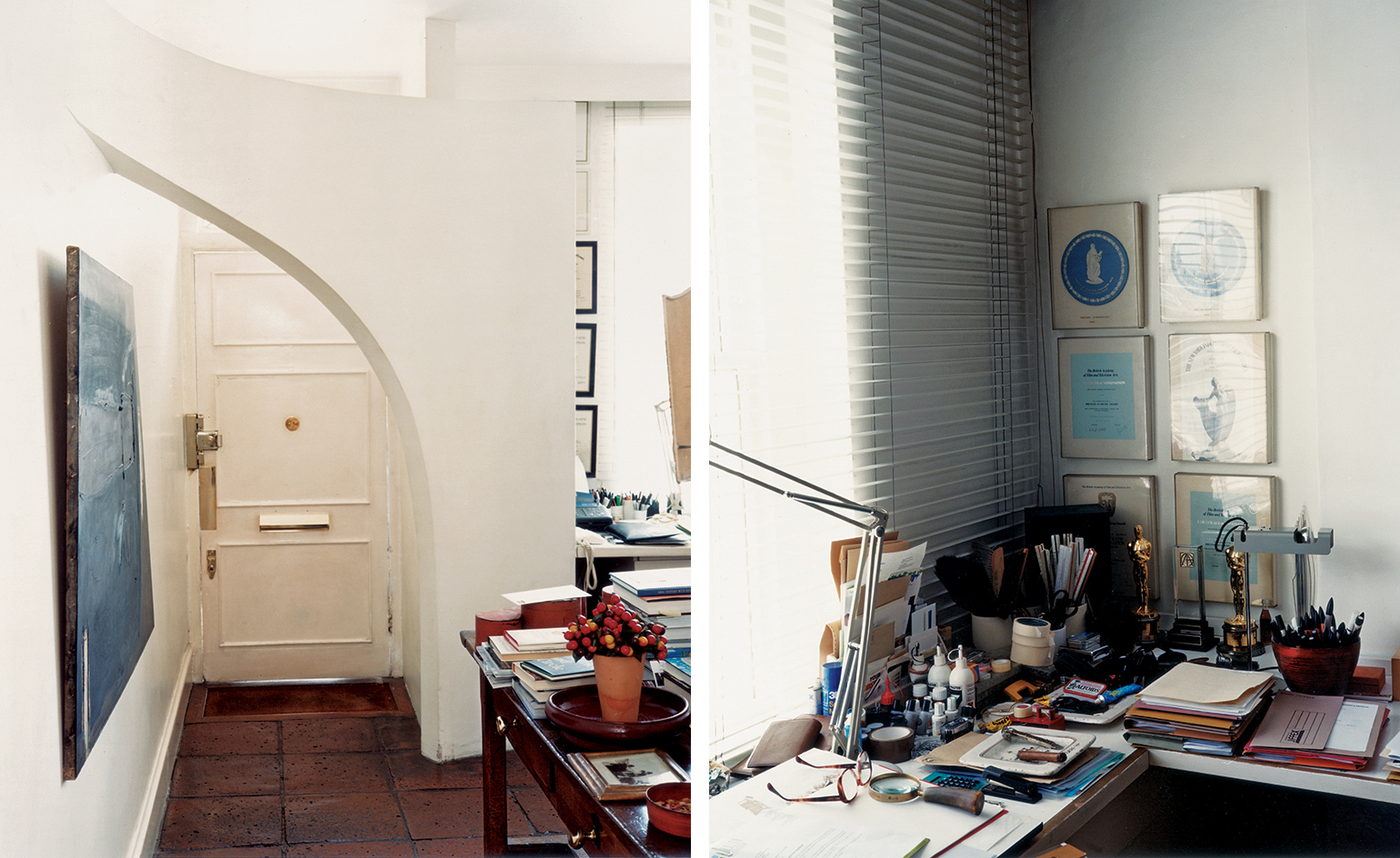
Pictured left: Adam designed this dramatic white arch after tearing down an original wall when he moved into the Knightsbridge house in 1959. ’It’s not a true arch,’ he says, ’more of a sculpture,’ dividing the space between the front entrance and his office. Right: Adam’s study, housing his British Academy Awards for production design on films such as Dr Strangelove and The Ipcress File, as well as his two Oscars for The Madness of King George and Barry Lyndon
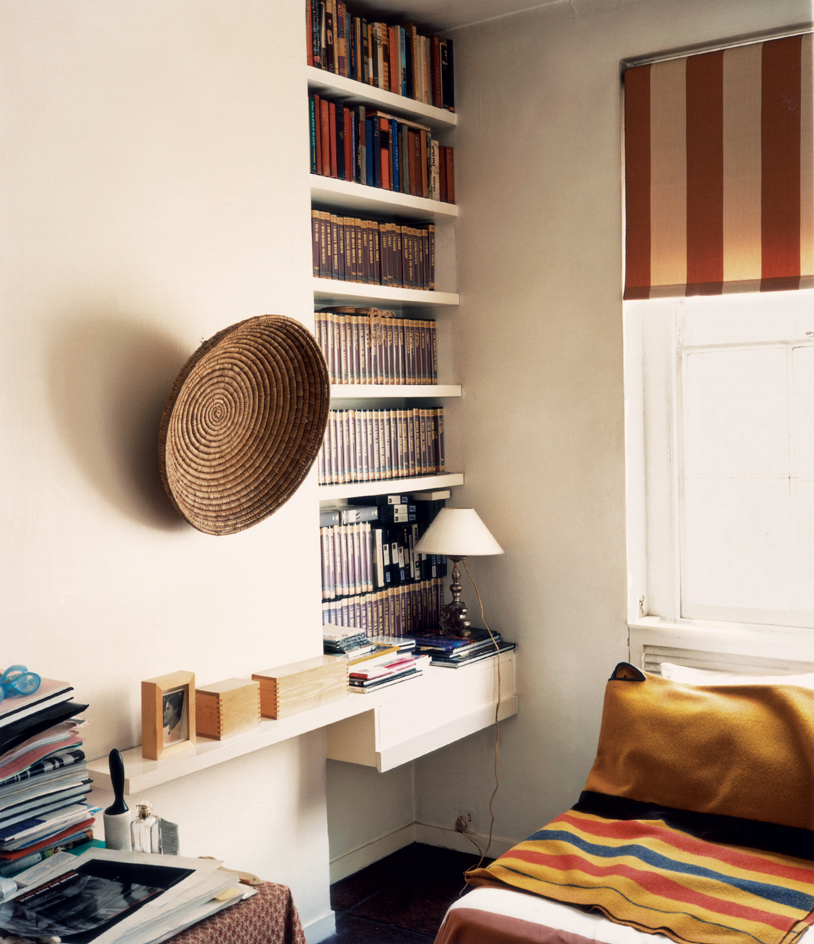
The room Adam fondly refers to his ’junk room’ also houses his extensive video collection - including the American Film Institute’s 100 best films
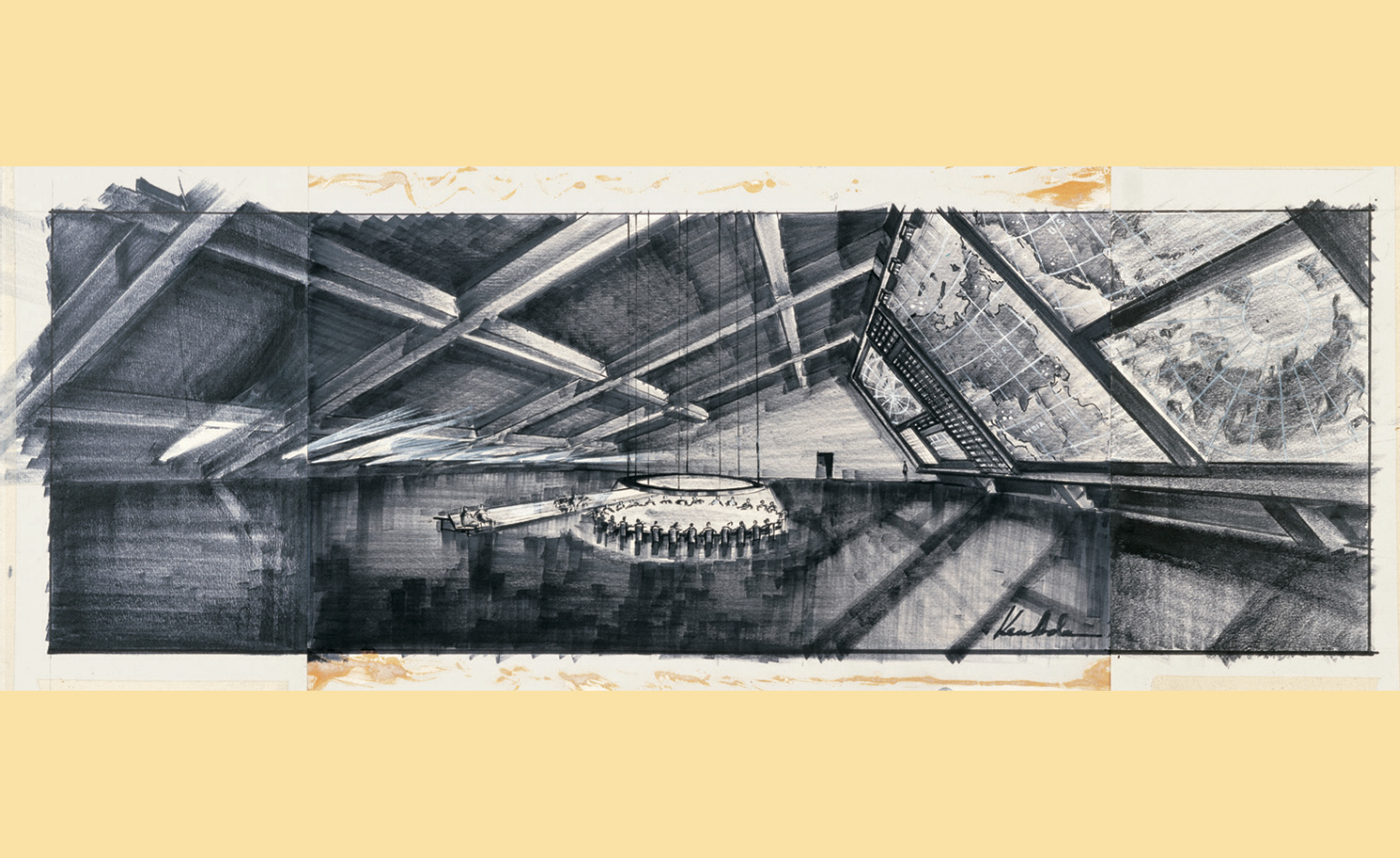
Ken Adam’s 1962 concept drawing of felt-tip pen on card for Stanley Kubrick’s Dr Strangelove or: How I learned to Stop Worrying and Love the Bomb, with a new section added by Adam in 1999. The set, Adam’s most famous, resembles a bomb shelter with huge backlit maps, display boards and a large, circular baize-covered table, which turned defence planning into a poker game
INFORMATION
Ken Adam Designs the Movies: James Bond and Beyond, by Ken Adam and Christopher Frayling, published by Thames & Hudson, £32
Wallpaper* Newsletter
Receive our daily digest of inspiration, escapism and design stories from around the world direct to your inbox.
Jonathan Bell has written for Wallpaper* magazine since 1999, covering everything from architecture and transport design to books, tech and graphic design. He is now the magazine’s Transport and Technology Editor. Jonathan has written and edited 15 books, including Concept Car Design, 21st Century House, and The New Modern House. He is also the host of Wallpaper’s first podcast.
-
 Naoto Fukasawa sparks children’s imaginations with play sculptures
Naoto Fukasawa sparks children’s imaginations with play sculpturesThe Japanese designer creates an intuitive series of bold play sculptures, designed to spark children’s desire to play without thinking
By Danielle Demetriou
-
 Japan in Milan! See the highlights of Japanese design at Milan Design Week 2025
Japan in Milan! See the highlights of Japanese design at Milan Design Week 2025At Milan Design Week 2025 Japanese craftsmanship was a front runner with an array of projects in the spotlight. Here are some of our highlights
By Danielle Demetriou
-
 Tour the best contemporary tea houses around the world
Tour the best contemporary tea houses around the worldCelebrate the world’s most unique tea houses, from Melbourne to Stockholm, with a new book by Wallpaper’s Léa Teuscher
By Léa Teuscher
-
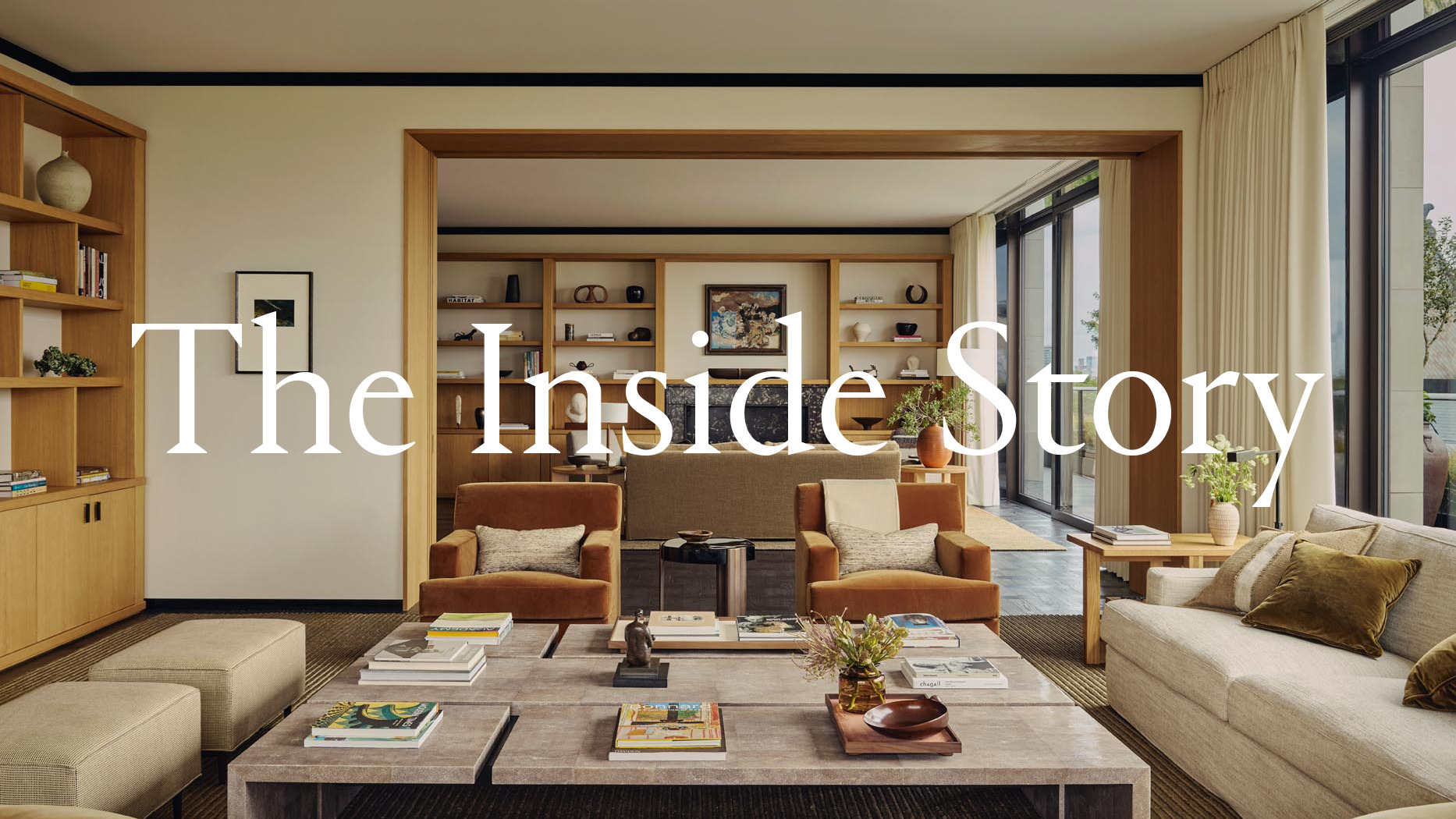 Step inside one of the Peninsula Residences: comfort meets luxury in London
Step inside one of the Peninsula Residences: comfort meets luxury in LondonWarmth permeates this exclusive address – one of 24 residences attached to The Peninsula London hotel, and the latest stop for Wallpaper’s interior design series, The Inside Story
By Anna Solomon
-
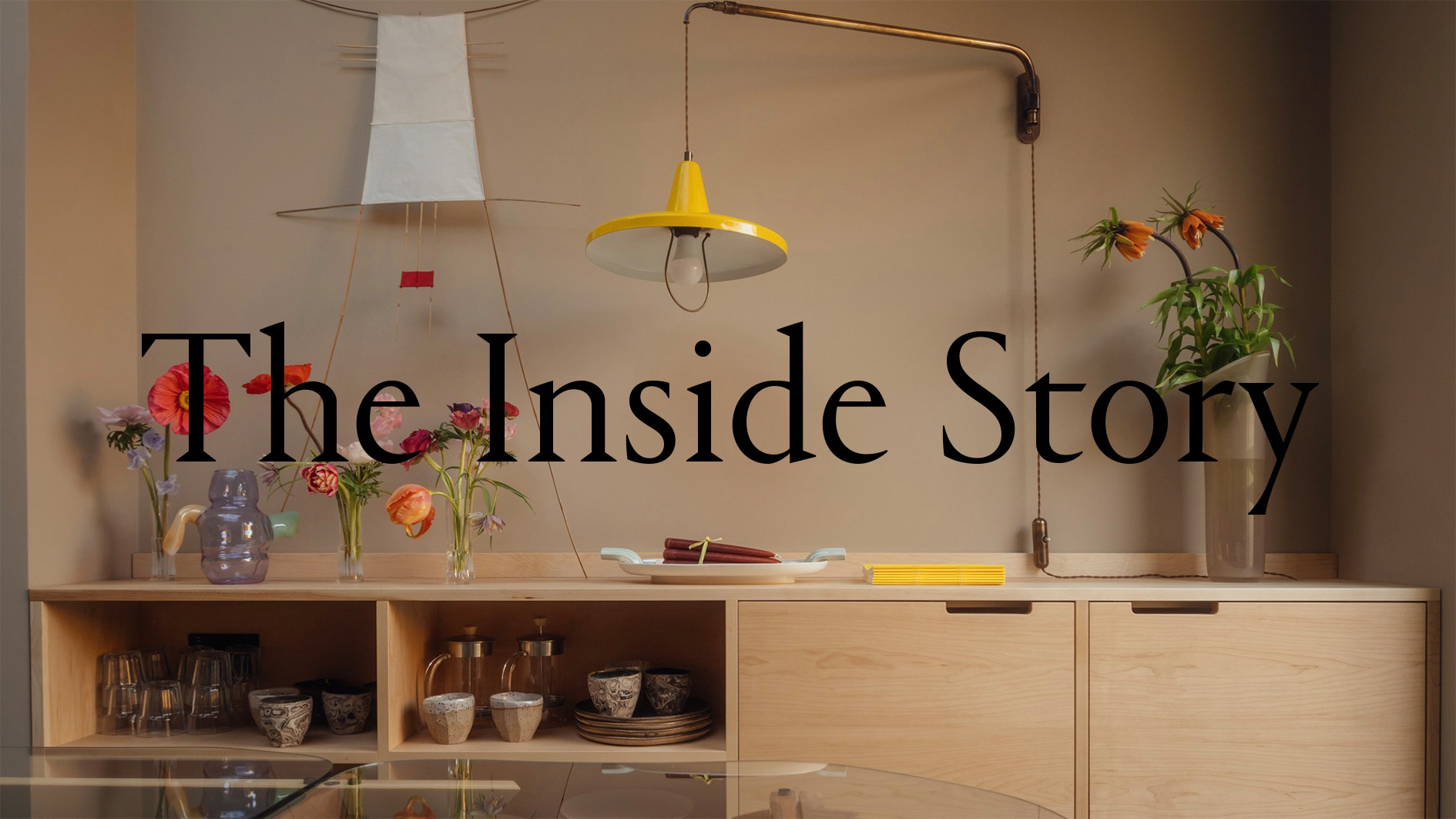 Exploring this whimsical North London home feels like going down the rabbit hole
Exploring this whimsical North London home feels like going down the rabbit holeWallpaper* series, The Inside Story, spotlights intriguing, exciting or innovative interiors. OntheSq is the result of a renovation of a beautiful period property, which has been dressed in a mélange of designs loosely inspired by 'Alice in Wonderland'
By Anna Solomon
-
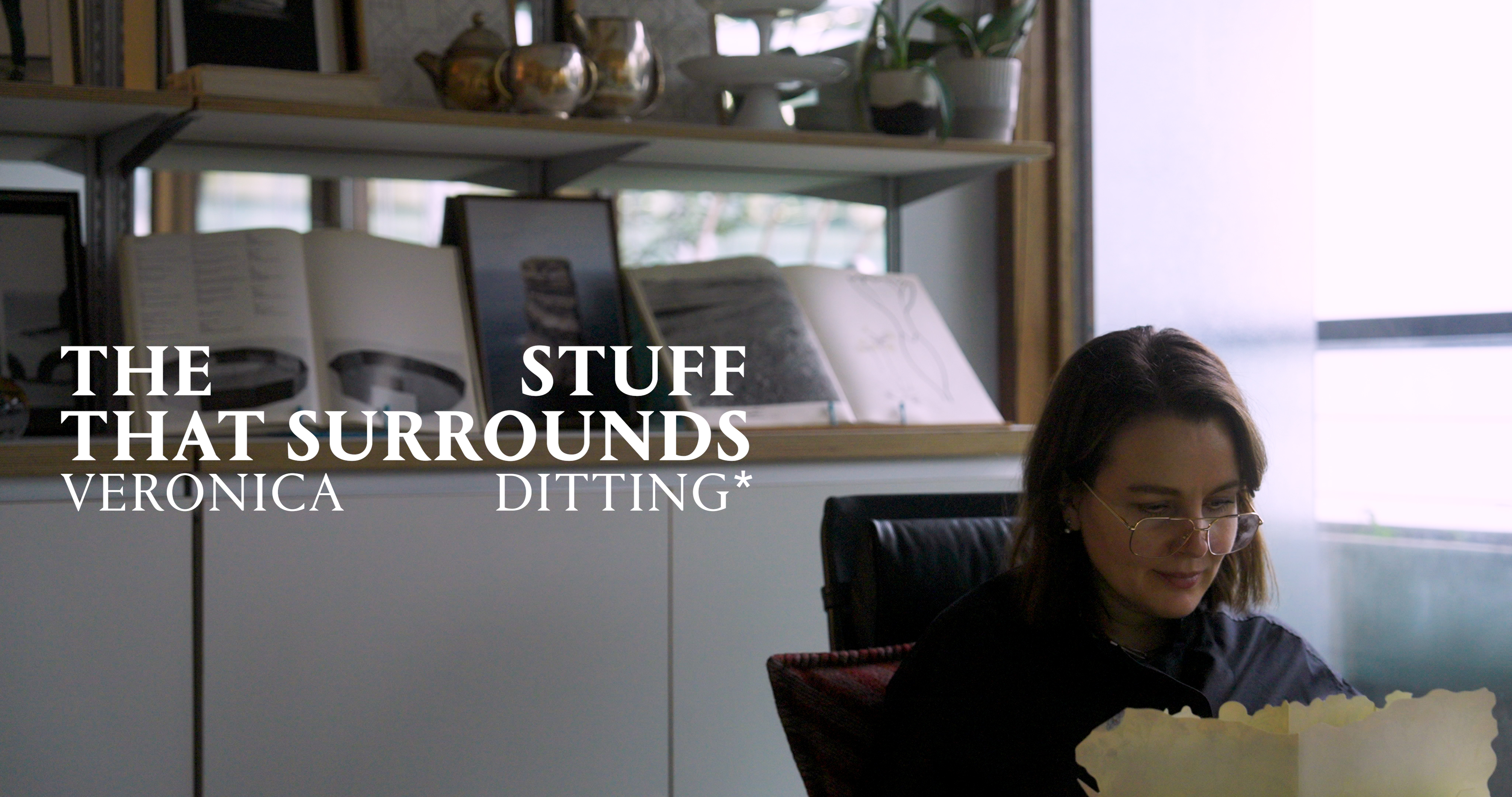 Introducing Wallpaper’s new video series, The Stuff That Surrounds
Introducing Wallpaper’s new video series, The Stuff That SurroundsIn The Stuff That Surrounds, Wallpaper* explores a life through objects. First up, we go inside the eclectic London flat of creative director and designer Veronica Ditting
By Anna Solomon
-
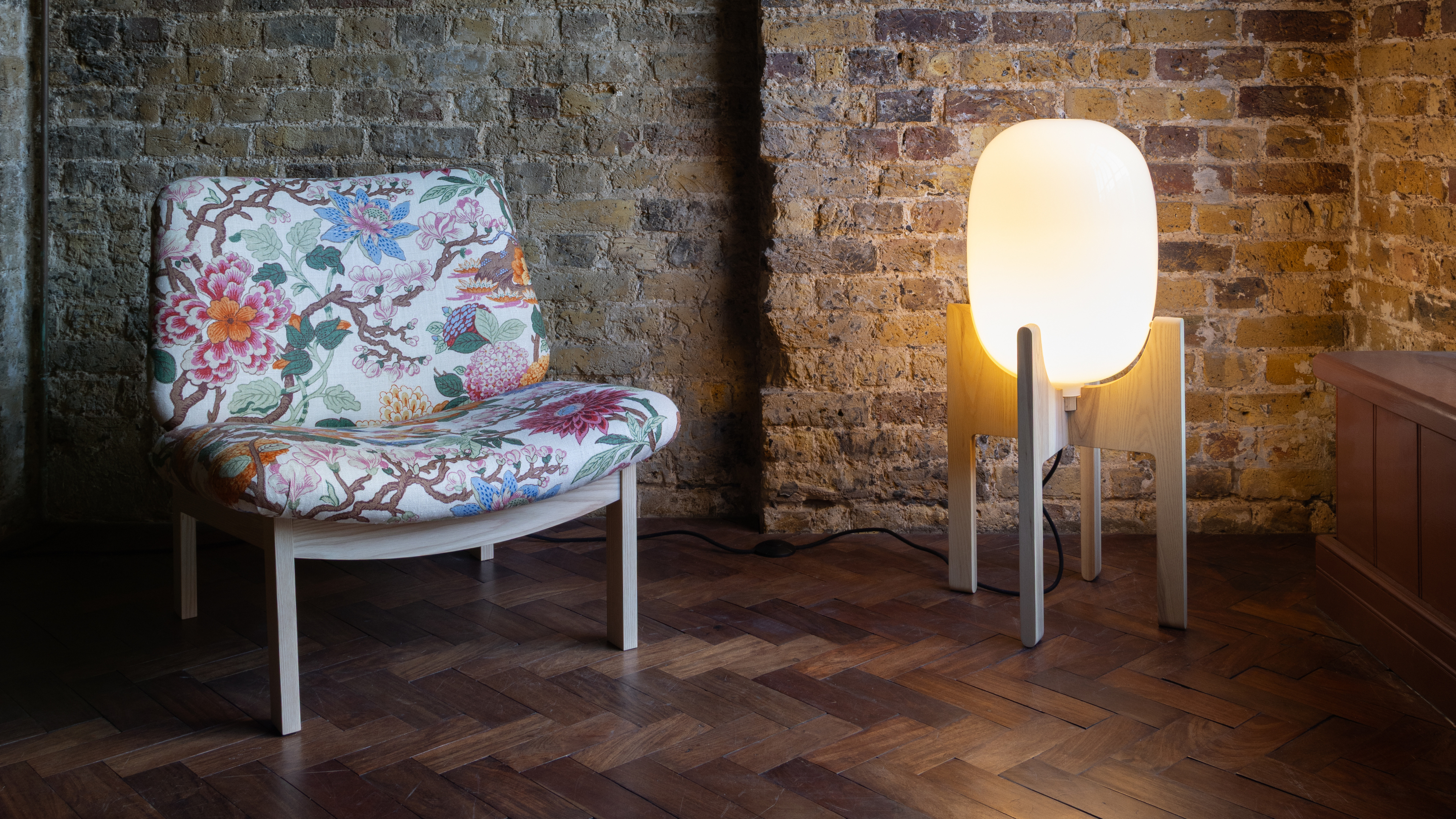 Tamart’s ‘Clore’ floor lamp revives a modernist lighting classic
Tamart’s ‘Clore’ floor lamp revives a modernist lighting classicTamart debuts the 'Clore' floor lamp, a handblown glass design originally created in 1963 for Sir Charles Clore's London penthouse
By Ali Morris
-
 ‘It feels almost alive’: This rare Judy Kensley McKie ‘Leopard Couch’ could be yours
‘It feels almost alive’: This rare Judy Kensley McKie ‘Leopard Couch’ could be yoursDesigner Judy Kensley McKie’s 1983 ‘Leopard Couch’ will be auctioned at Phillips; one of her first fully realised sculptural furniture designs, it’s a zoomorphic delight
By Tianna Williams
-
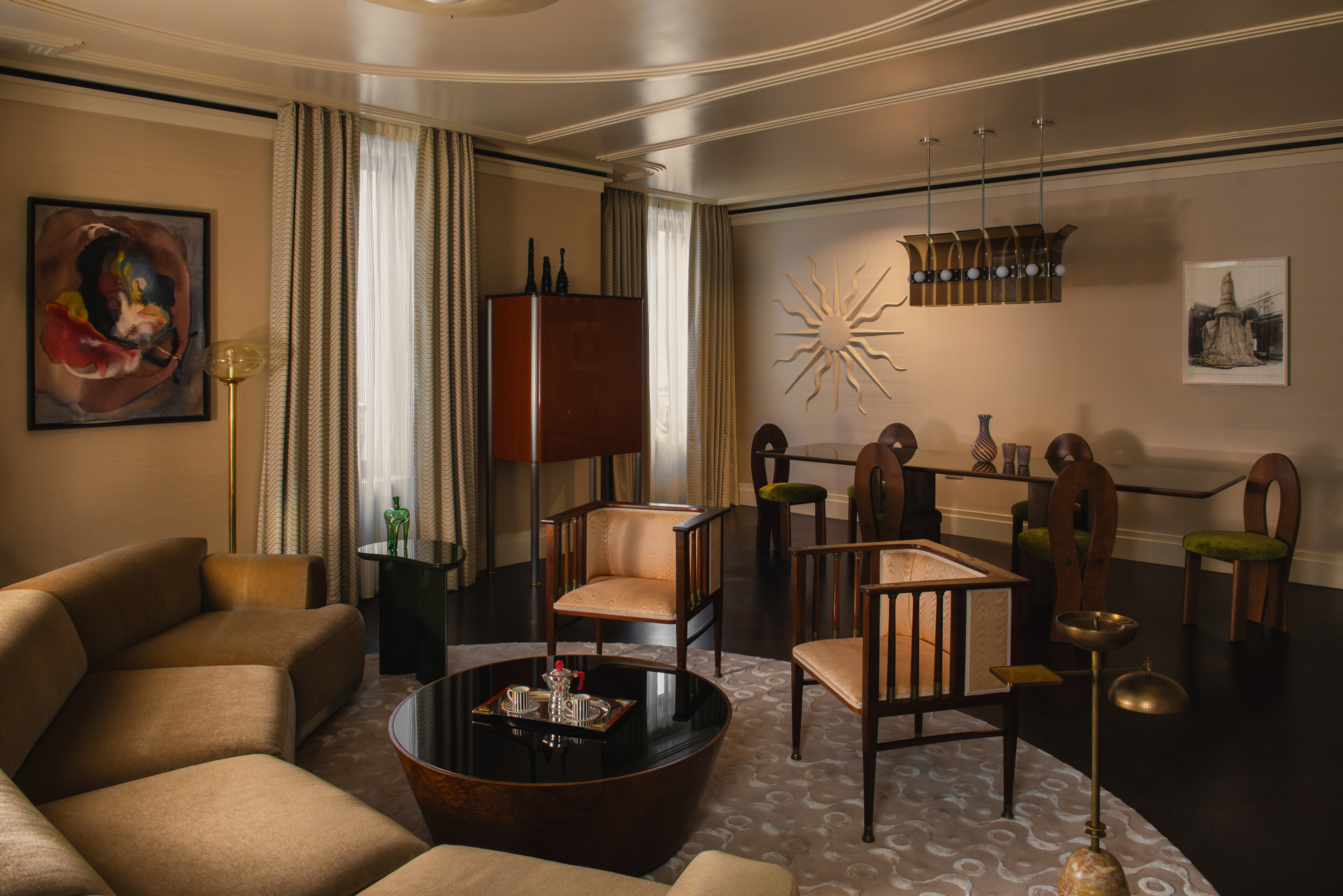 First look: Step inside a Tatjana von Stein-designed show apartment at 60 Curzon
First look: Step inside a Tatjana von Stein-designed show apartment at 60 CurzonThe Mayfair development has launched its second show apartment, imagined by interior designer du jour Tatjana von Stein. Wallpaper* gets a first look at the Art Deco-inspired space
By Anna Solomon
-
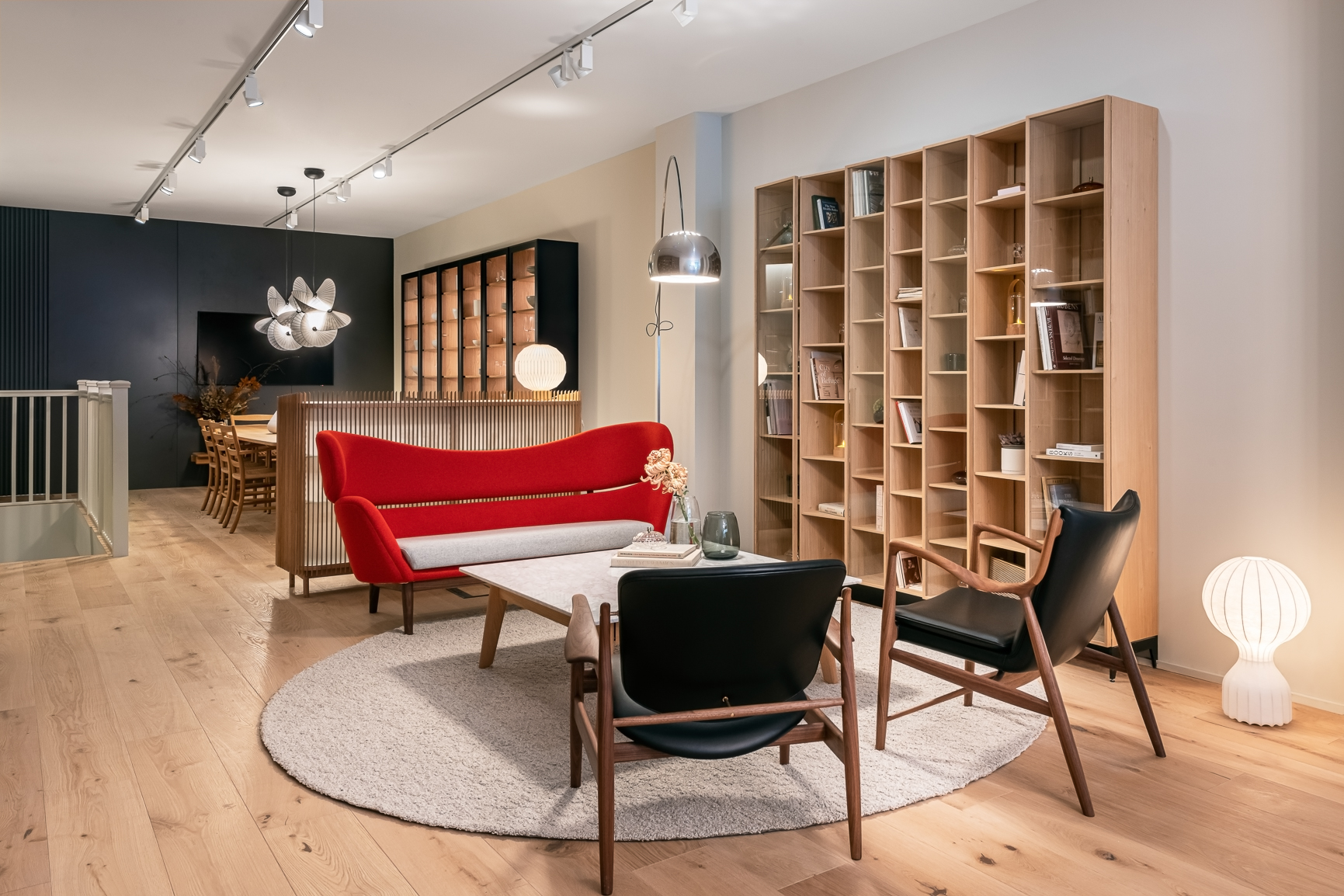 Find interior design inspiration at Eba’s new Marylebone showroom
Find interior design inspiration at Eba’s new Marylebone showroomEba, a specialist in kitchen and living room design, brings its elevated interiors to London’s Marylebone
By Simon Mills
-
 ‘London: Lost Interiors’ gathers unseen imagery of some of the capital’s most spectacular homes
‘London: Lost Interiors’ gathers unseen imagery of some of the capital’s most spectacular homesThis new monograph is a fascinating foray into the interior life of London, charting changing tastes, emerging styles and the shifting social history of grand houses in the heart of a fast-changing city
By Jonathan Bell